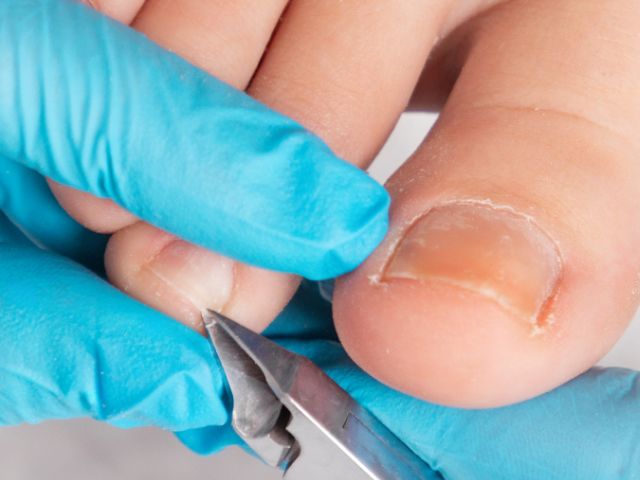Diabetes is a chronic condition that affects millions of people worldwide. While it primarily impacts blood sugar levels, it can also have serious consequences for other parts of the body, including the feet. Proper foot care is essential for individuals with diabetes to prevent complications such as neuropathy, ulcers, and even amputations. In this article, we will explore the importance of foot care for diabetics and provide valuable tips on how to manage your feet to prevent these complications.
Understanding Diabetes and Its Impact on Feet
Diabetes is a metabolic disorder characterized by high blood sugar levels. Over time, elevated blood sugar can damage nerves and blood vessels, particularly in the extremities like the feet. Here’s how diabetes can affect your feet:
1. Neuropathy
Diabetic neuropathy is a common complication that results from nerve damage. It can lead to numbness, tingling, and loss of sensation in the feet. When you can’t feel pain or discomfort, you may not notice minor injuries or blisters, which can worsen and become infected.
2. Poor Circulation
Diabetes can also cause poor blood circulation in the feet. Reduced blood flow impairs the body’s ability to heal itself. Even small wounds can take a long time to heal, increasing the risk of infection and other complications.
3. Foot Ulcers
The combination of neuropathy and poor circulation can lead to foot ulcers. These open sores are slow to heal and can become infected. In severe cases, they may necessitate amputation.
Tips for Managing Your Feet with Diabetes
Now that we understand how diabetes can affect the feet, let’s discuss some essential tips for managing foot care to prevent complications:
1. Daily Foot Inspections
Check your feet daily for any cuts, sores, blisters, or redness. Use a mirror if necessary or ask a family member for assistance if you have trouble seeing the bottoms of your feet.
2. Keep Your Feet Clean and Dry
Wash your feet with mild soap and lukewarm water. Make sure to dry them thoroughly, especially between the toes, as moisture can lead to fungal infections.
3. Moisturize, but Not Between the Toes
Apply a moisturizing lotion to prevent dry, cracked skin. However, avoid applying lotion between your toes, as it can create a moist environment ideal for fungal growth.
4. Trim Nails Carefully
Trim your toenails straight across and avoid cutting into the corners to prevent ingrown toenails. If you have trouble trimming your nails, consult a podiatrist.
5. Choose Proper Footwear
Wear comfortable, well-fitting shoes that provide adequate support. Avoid shoes with seams or rough edges inside, as they can cause friction and injuries.

6. Control Blood Sugar Levels
Keeping your blood sugar within the target range recommended by your healthcare provider is crucial for preventing diabetic complications, including those that affect your feet.
7. Regular Check-Ups
Schedule regular foot examinations with your healthcare team or a podiatrist. They can identify any issues early and provide guidance on proper foot care.
8. Avoid Smoking
Smoking further reduces blood circulation, increasing the risk of foot problems for individuals with diabetes. Quitting smoking can significantly improve overall foot health.
Conclusion
Diabetes requires constant attention and care, and your feet are no exception. By following these essential foot care tips and working closely with your healthcare team, you can significantly reduce the risk of complications associated with diabetes. Remember, prevention is key, and taking proactive steps to manage your feet can lead to a healthier and happier life. If you are looking for some tips and ideas about foot care, you can check here to learn more.




